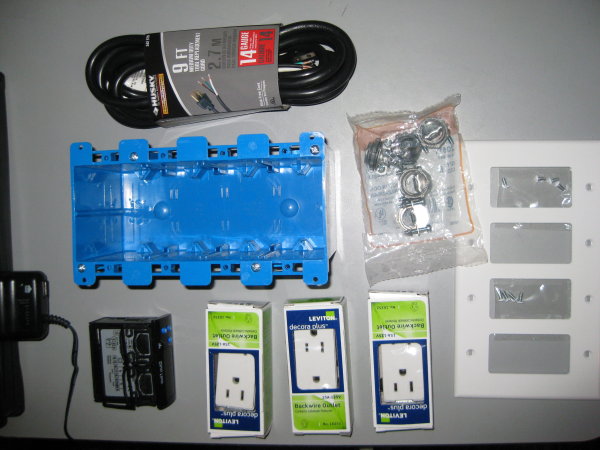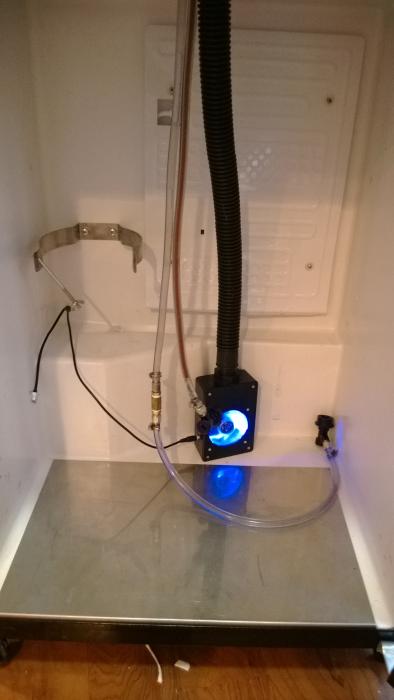Should work fine. You'll still need to supply the controller with 240v, but the relays can switch any voltage as long as the draw isn't excessive, which shouldn't be an issue with a pc fan and small heating blanket.
Had a change of plan, going to use a simple 60w lightbulb to heat the small insulated compartment of the shed. Cheap, easy to install and available everywhere (until new EU regulations come into play anyway...).
Had some great success quickly testing the plan with the ambient temperature in the compartment rising from 14oC (57oF) to 23oC (73oF) in about 10 minutes.
Will up some photos once the STC arrives and it's wired up.
Cheers,
Phil








![Craft A Brew - Safale BE-256 Yeast - Fermentis - Belgian Ale Dry Yeast - For Belgian & Strong Ales - Ingredients for Home Brewing - Beer Making Supplies - [3 Pack]](https://m.media-amazon.com/images/I/51bcKEwQmWL._SL500_.jpg)




















































